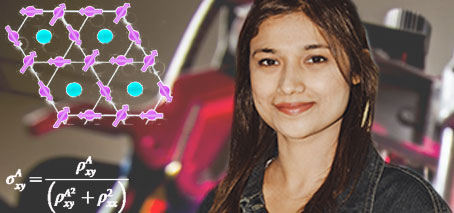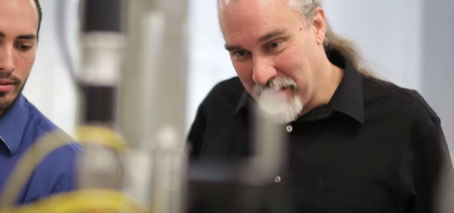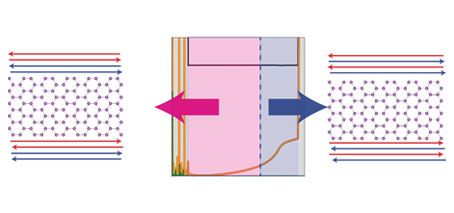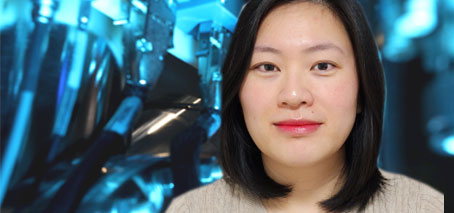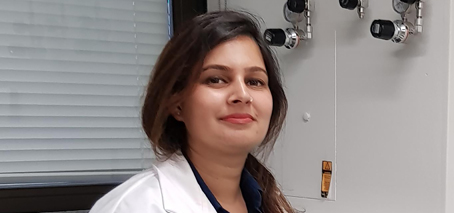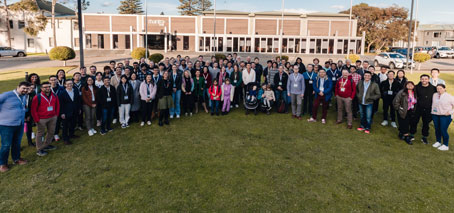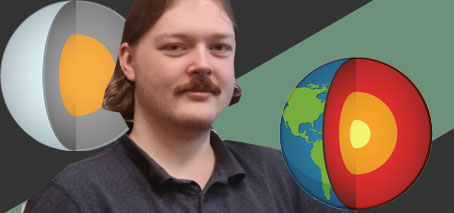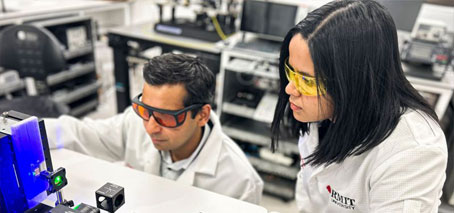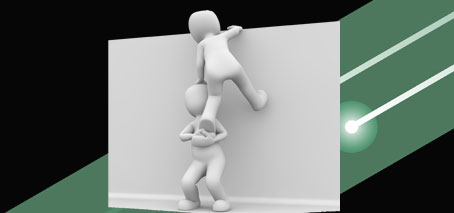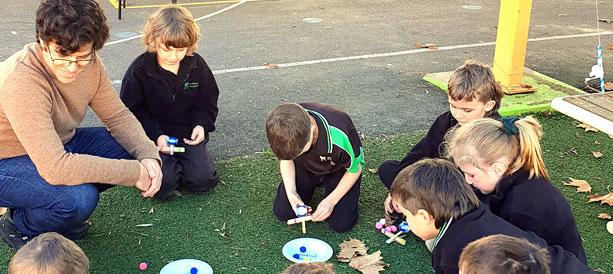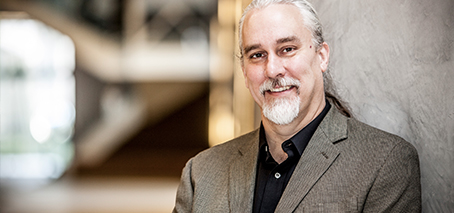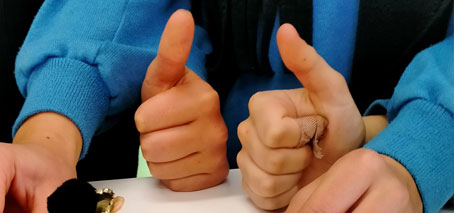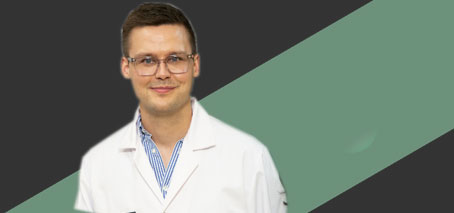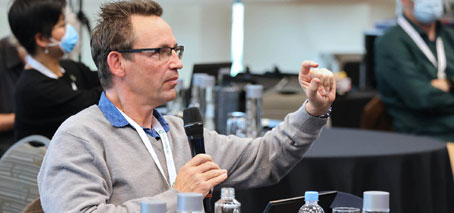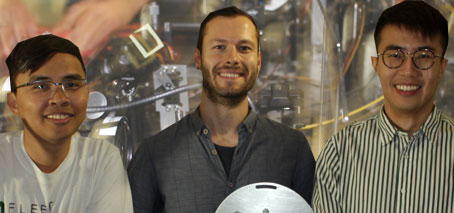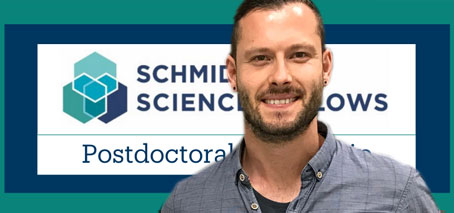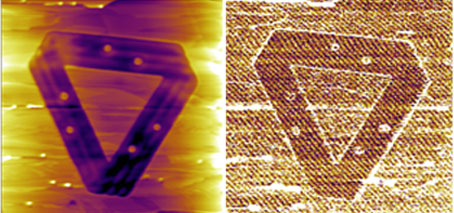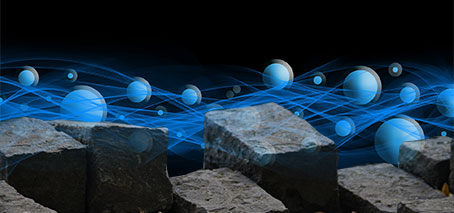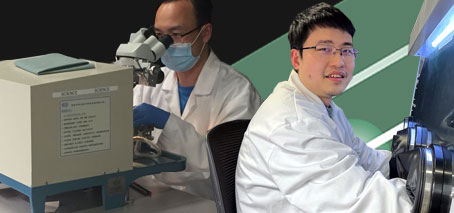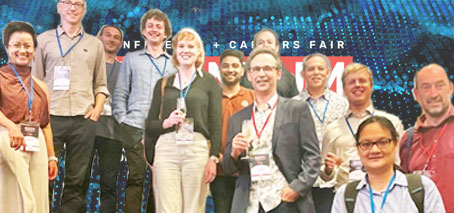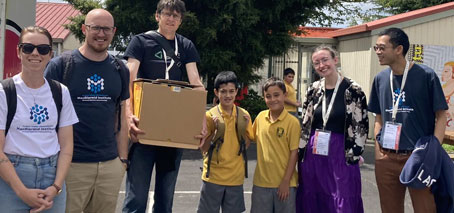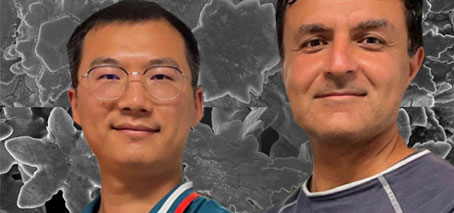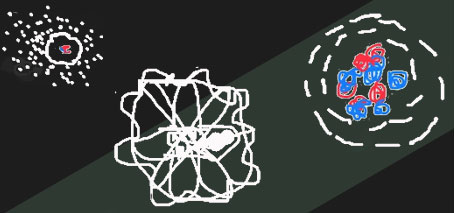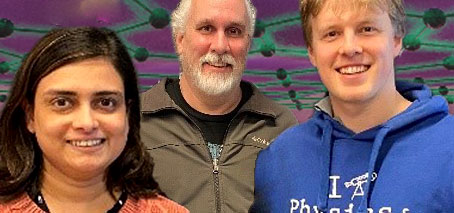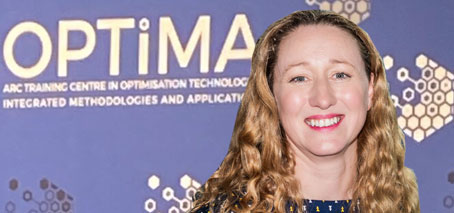A note from previous FLEET PhD candidate Dr. Wafa Afzal, still researching novel materials, now at Archer Materials I was a PhD student at FLEET, based at the University of Wollongong under the supervision of Prof. Xiaolin Wang, studying the electrical and magnetic properties of topological Weyl semimetals. I’m still researching novel materials, now in the Quantum team at Archer …
Science Academy video: Prof Michael Fuhrer FAA
Here’s the problem: the more we use computers, the more energy that’s required. Driven by a deep intellectual curiosity, Prof Fuhrer (Monash University) was drawn to science at an early age and now has a passion for mentoring the next generation of scientists, teaching them how it pays to be patient. New video out from the Australian Academy of Science, …
‘Topological gardening’ to achieve unexpected spin transport
‘Trimming’ the edge-states of a topological insulator yields a new class of material featuring unconventional ‘two way’ edge transport in a new theoretical study from Monash University, Australia. The new material, a topological crystalline insulator (TCI) forms a promising addition to the family of topological materials and significantly broadens the scope of materials with topologically nontrivial properties. Its distinctive reliance …
Listening to nanoscale earthquakes
A recent UNSW-led paper published in Nature Communications presents an exciting new way to listen to avalanches of atoms in crystals. The nanoscale movement of atoms when materials deform leads to sound emission. This so-called crackling noise is a scale-invariant phenomenon found in various material systems as a response to external stimuli such as force or external fields. Jerky material …
Hareem Khan: FLEET alum
Currently applying materials skills learned at FLEET/RMIT to improve solar technologies, at CSIRO Greetings from CSIRO! I was a PhD student at FLEET / RMIT from 2017 to 2020, working on the development of piezoelectric and sensing applications of atomically thin materials. “The thing I enjoyed most about FLEET, other than the technical aspects of my work, was the sense …
FLEET2023 annual workshop in Lorne
Just under 120 members, family and affiliates gathered in Lorne Victoria this month for FLEET’s 2023 annual workshop, which featured 35 scientific talks (over 60% of them by ECRs), 30 accompanying family (17 kids), a cultural celebration dinner, karaoke, quiz, lawn bowls, and lots of unstructured time for collaborative discussions. Invited presentations included: Nicola Gaston, MacDiarmid Institute Mateusz Król, Warsaw …
New funding to spark collaboration between industry and FLEET students
An exciting partnership between FLEET and APR-intern will fund new route to gain valuable ‘on the floor’ industry experience for FLEET PhD/Masters students, increasing job skills and leveraging Australian scientific expertise in industry, with funding supporting the placement of research students with industry partners. In addition to injecting fresh scientific and problem-solving energy into participating industry workplaces, the program will …
Space has gotten small with metallic, planet-like nanodroplets
Homogenous liquid-metal nanodroplets achieved with high-temperature molten salt Australian researchers put planets in the palm of the hand Liquid metal, planet-like nanodroplets are successfully formed with a new technique developed at RMIT University, Australia. Like our own Planet Earth, the nanodroplets feature an outer ‘crust’, a liquid metal ‘mantle’, and a solid ‘core’. The solid intermetallic core is the key …
Tiny device mimics human vision and memory abilities
First published at RMIT Researchers have created a small device that ‘sees’ and creates memories in a similar way to humans, in a promising step towards one day having applications that can make rapid, complex decisions such as in self-driving cars. The neuromorphic invention is a single chip enabled by a sensing element, doped indium oxide, that is thousands of …
Expanded mentoring program
A new expanded mentoring network vastly increases the experience pool available for ECRs and others in 12 participating ARC Centres providing: structured mentoring with ongoing support and oversight access to a range of resources and peer-mentoring groups large, diverse pool of mentors and mentees for both researchers and professional staff. Allowing members of the participating Centres to access mentors in …
Getting wavy: New FLEET Schools Forces and Energy resource goes from Newton to Einstein
Learning about ‘wavy’ stuff you can’t see, smell, taste or touch can test students’ intuitive understanding of the world. FLEET’s latest Forces and Energy teacher resource examines energy from the physics of Newton to Einstein, to the wavy behaviour of sub-atomic particles such as electrons. Students learn how energy is crucial to our understanding of how everything in the universe …
FLEET Director elected Fellow of the Australian Academy of Science
Leading materials physicist and FLEET Director Prof Michael Fuhrer has been recognised for his contributions to science, elected a Fellow of the Australian Academy of Science. Professor Fuhrer is one of 20 researchers elected as Fellow of the Australian Academy of Science, announced today. Prof Michael Fuhrer is an international leader in study of the electronic properties of 2D and …
Inspiring outreach, with bombs and light circuits
Teaching energy, releasing creativity, and inspiring future scientists FLEET and Monash volunteers used catapults, graphite circuits and diffraction goggles to create challenges for 250 Mater Christi College students competing to win their annual STEM Cup. For the STEM Cup challenge, which is judged on teamwork, innovation and communication, FLEET designed two hands-on workshops that got middle and senior secondary students …
New CI Torben Daeneke
FLEET is pleased to announce that Dr Torben Daeneke is now a Chief Investigator in FLEET. As a Scientific Associate Investigator in FLEET (RMIT node) since the outset of the Centre, Torben and has been a prodigious contributor to FLEET’s research effort as well as FLEET’s governance. “I welcome the opportunity to become a FLEET Chief Investigator,” says Torben. “I …
US-Australia condensed-matter/cold atoms colloquia series
Alex Hamilton, new Industry Laureate Fellow
Unleashing the combined power of electrons and holes for better quantum computing Congratulations to FLEET Deputy Director Prof Alex Hamilton, who has been named an Industry Laureate Fellow by the ARC. Alex and his team at UNSW receive $3.8 million towards ground-breaking silicon-based quantum-computer technology to dramatically speed up computation, enabling Australia to maintain its global lead in quantum technologies. …
Hybrid particles surprise with negative mass
First published Australian National University A surprise observation of negative mass in exciton-polaritons has added yet another dimension of weirdness to these strange light-matter hybrid particles. Dr Matthias Wurdack, Dr Tinghe Yun and Dr Eliezer Estrecho from the Department of Quantum Sciences and Technology (QST) were experimenting with exciton polaritons when they realised that under certain conditions the dispersion became …
Congratulations Matthias Wurdack: Schmidt Science Fellow
Congratulations to Dr Matthias Wurdack (FLEET/ANU), who has received a Schmidt Science Fellowship to develop artificial retinas. Matthias started his’ PhD at ANU in 2018, working with FLEET CI Elena Ostrovskaya to create, investigate and engineer the properties of hybrid light-matter particles in atomically-thin semiconductors with the aim to realise room temperature superfluidity based on this material platform, and understand and elevate …
Combining irradiation and lithography to engineer advanced conducting materials
A process has been developed to engineer nanoscale arrays of conducting channels for advanced scalable electronic circuitry Using ion implantation and lithography, investigators created patterns of topological surface edge states on a topological material that made the surface edges conductive while the bulk layer beneath remained an insulator Low energy ion implantation, neutron and X-ray reflectometry techniques at ANSTO supported …
Engineering a novel supersolid state using layered 2D materials
Can a solid be a superfluid? Bilayer excitons form a quantum supersolid A collaboration of Australian and European physicists predict that layered electronic 2D semiconductors can host a curious quantum phase of matter called the supersolid. The supersolid is a very counterintuitive phase indeed. It is made up of particles that simultaneously form a rigid crystal and yet at the …
Destroying the superconductivity in a kagome metal
Electrically controlled superconductor-to-“failed insulator” transition, and giant anomalous Hall effect in the kagome metal CsV3Sb5 A new RMIT-led international collaboration published in February has uncovered, for the first time, a distinct disorder-driven bosonic superconductor-insulator transition. The discovery outlines a global picture of the giant anomalous Hall effect and reveals its correlation with the unconventional charge density wave in the AV3Sb5 …
FLEET represents at Quantum Australia
Written by Matt Gebert, FLEET PhD candidate, Monash University A large contingent of 14 FLEET members and alumni enjoyed the Quantum Australia conference last week, engaging in discussions about the future of quantum technologies with a lot of interest focused in quantum computing, in addition to sensing. I attended as a PhD student approaching the end of my candidacy, and …
Leadership training
Four FLEET researchers have received partial Centre funding to attend Women & Leadership Australia Impact program: PhD student Bianca Rae Fabricante (ANU) PhD student Patjaree Aukarasereenont (RMIT) Diversity in FLEET fellow Dr Mengting Zhao (Monash) Research Fellow Dr Amelia Dominguez (Monash) “FLEET’s strategic priorities include developing the next generation of science leaders, and fostering equity and diversity in STEM,” says …
Forging outreach relationships and taking nano and quantum to Rotorua schools
FLEET and MacDiarmid Institute members teamed up at the recent AMN10 conference in Rotorua NZ to conduct science outreach workshops for 320 local school students. Over four days, 25 volunteers from FLEET and partner organisation the MacDiarmid Institute visited seven schools and presented a variety of hands-on science workshops to students ranging from year 4 to 9, in a program …
Rural schools’ outreach
In 2022 FLEET extended outreach activities to a number of regional and remote schools. Such schools have limited opportunities to engage with visiting scientists, or to and participate with them in hands-on science workshops. Engagement with working scientists, and hands-on exercises, helps engage students’ curiosity, and exposes them to a greater breadth and depth of career opportunities in STEM and …
Turning up the heat on topological thermoelectrics: FLEET Translation funding towards new chemical synthesis
FLEET funding is supporting the next step in possible translation of thermoelectrics research towards commercialisation in future generators, electronics, vehicles, human-wearable and environmental sensors, and smart electronics Thermoelectric materials offer potential solutions to heat-management challenges common to many electronics technologies. Thermoelectrics are solid-state semiconductors that can convert heat gradients into useful electricity (known as the Seebeck effect). They can also …
Let it snow inside liquid metals
Liquid metals are enigmatic metallic solvents. A new UNSW-led study of metallic crystals growing in a liquid metal solvent finds similarities and differences between liquid-metal solvents and more-familiar crystal-growth environments (such as water or the atmosphere) in which snowflakes or crystals of dissolved substances form. We can dissolve a large amount of sugar in water at high temperatures. But as …
Creating a quantum spark in primary students
A FLEET Primary School pilot workshop showed primary students can learn and conceptualize quantum physics and are adept at the Mexican wave. Meanwhile, 155 Hughesdale Primary School students got their first introduction to quantum physics. The year 5 and 6 students explored the quantum atomic model via role-playing activities, applying this to understand how electricity and resistance work at the …
A shield for 2D materials that adds vibrations to reduce vibration problems
Ultra-thin, liquid-metal-printed oxide can improve performance of your transistor by suppressing vibrational resistance Counterintuitively, this occurs by adding extra phonons (vibrations) into the system This oxide can protect your transistor against further processing Monash University researchers have demonstrated a new, counterintuitive way to protect atomically-thin electronics – adding vibrations, to reduce vibrations. By ‘squeezing’ a thin droplet of liquid gallium, …
FLEET alum Charlotte Hurry, business manager at OPTIMA
Hi, I’m Charlotte! At FLEET I was the Executive Officer working as part of the Business Team. I really enjoyed the variety in the job – no two days were ever the same. These days, I’m the Business Manager for an ARC Industrial Transformation Training Centre, OPTIMA. Which mostly means I’m a project manager. The Centre runs for five years …

